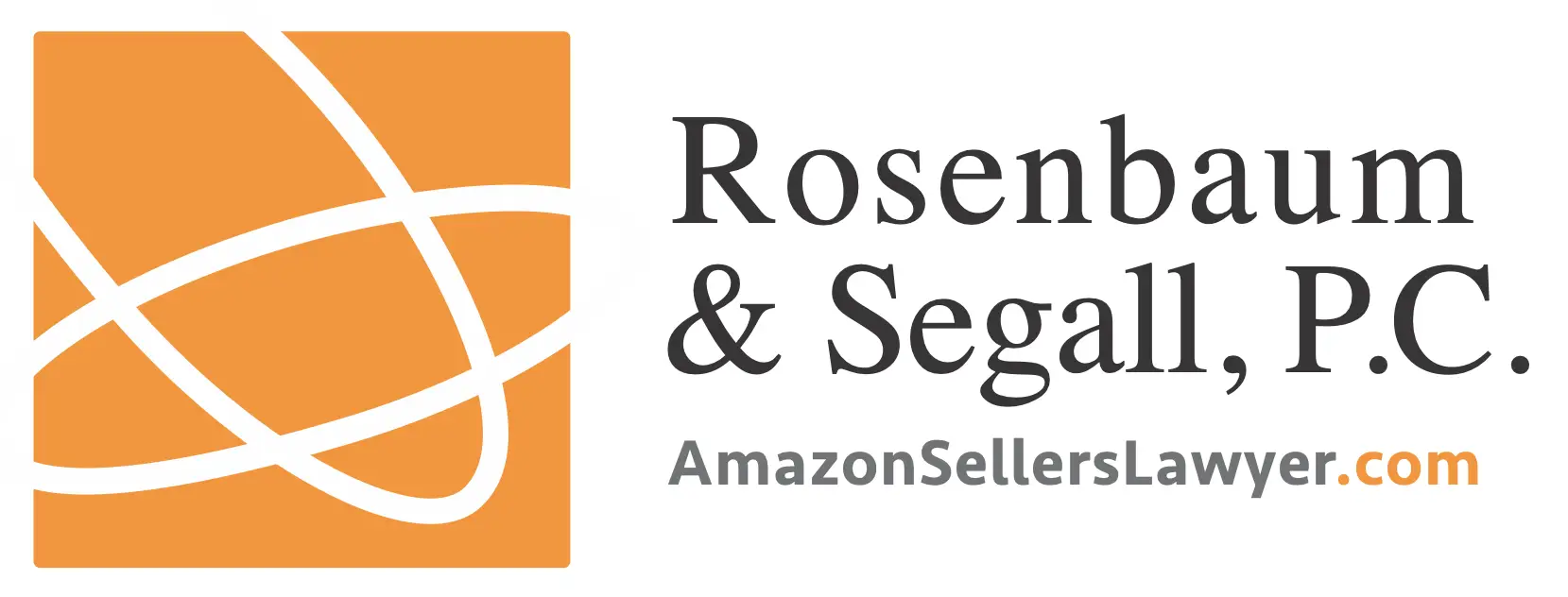New Amazon Restriction on Personal Safety & Household Items: Bots are Devouring the Listing Catalog
Amazon imposed a new formal product restriction on third-party sellers to put reigns on the COVID-19 “gold rush” for personal safety and household products.
 As most Amazon sellers know, inflated demand for products like N95 masks, hand sanitizer, cleaning products, and toilet paper, has incited some opportunistic sellers to resort to anti-competitive tactics for short-term, but significant, financial gain.
As most Amazon sellers know, inflated demand for products like N95 masks, hand sanitizer, cleaning products, and toilet paper, has incited some opportunistic sellers to resort to anti-competitive tactics for short-term, but significant, financial gain.
Many diversified sellers have already begun to shy away from selling these products during the pandemic because the offerings have become vulnerable to negative attention from Amazon due to stock-outs, safety issues, customer complaints, and price gauging. However, persisting sellers of these items should be aware they are now restricted to sell by Amazon approval only.
This article details Amazon’s new policy and states:
“Hospitals and governments interested in purchasing these items through Amazon need to fill out a form to qualify, and Amazon said it would eliminate the commission it normally takes from sellers who sell these items during this time “to encourage our selling partners to make additional inventory of these products available at competitive prices to these customers with the greatest need.”
Where can I find this information on Amazon’s website?
Click here to view Amazon’s current list of restricted products
The new product restriction is technically now in effect since the details have been published on the platform. However, many sellers have not noticed the policy because the details are tucked away within Amazon’s web of policy pages:
Help / Manage Inventory / Create and manage listings / About products and listings / Review category requirements / Categories and products requiring approval / Personal Safety and Household products
The new policy states that sellers of “Personal Safety and Household Products,” must meet certain requirements and receive approval from Amazon to continue selling. However, the “Personal Safety and Household Products” category is laxly defined, and Amazon has offered very few examples of items that fall under restriction:
Personal Safety and Household products
Customer trust is our top priority. As such, we have implemented requirements to sell certain Personal Safety & Household products related to the worldwide coronavirus epidemic, such as:
• Face masks
• Hand sanitizer
• Disinfectant wipes and sprays
• Isopropyl alcohol
These listed items are clearly in high demand due to consumers’ efforts to prevent the spread of COVID-19. However, the examples provided do not seem to cover the scope of items that are now being removed from seller accounts as “restricted products.”
Within the last week, some sellers have experienced mass removal of a wide range of household and personal care items, without warning.
These included items like mops, tissue holders, first aid kits, and cold and flu supplements. Each instance of removal suddenly appears as a “Restricted Product Policy Violation” on the seller’s account health page. Since the policy applies to all sellers and all product categories, enforcement of the policy is likely a huge undertaking that may take some time to execute.
As such, sellers of household and safety items should be aware that many of their products could be on queue for removal if they fail to request approval.
Based on an analysis of a few seller accounts who already received these take downs, Amazon seems to have unleashed its “bots” to crawl the platform and execute the bulk of the initial dirty work. Amazon’s mystery algorithm seems to be scouring listing data for certain combinations of terms and conditions which trigger listing take downs and violations. However, as most Amz sellers already know, the “bots” make a lot of errors. As such, confusion is likely to ensue.
 Amazon’s system for this type of enforcement process is not disclosed to the public. However, we see a lot of evidence to support that their system is “taught” to recognize certain combinations of keywords as a signpost, indicating that the product belongs to, or should belong to, the category of concern.
Amazon’s system for this type of enforcement process is not disclosed to the public. However, we see a lot of evidence to support that their system is “taught” to recognize certain combinations of keywords as a signpost, indicating that the product belongs to, or should belong to, the category of concern.
For example, one third-party reseller had several high-priced listings for masking tape removed as restricted products. We believe the take down may have been triggered by the presence of the keyword “MASK” combined with the unusually inflated price. Together these factors may have indicated that the listing could be part of the current COVID-19 price gouging trend for N95 masks.
THE GOOD NEWS: Even though the new restriction has resulted in restricted product violations, we have not seen any account suspensions yet. Since most sellers have simply not complied with the surprise requirements for their already existing listings, it would be reasonable for Amazon to allow everyone time to catch on. As such, we suspect that these initial violations should be fairly simple to resolve by submitting the required materials:
Requirements for existing listings
When applying to sell existing products, you will be asked to provide some or all of the following:
• At least one purchase invoice for the products from a manufacturer or distributor
• Photos of the product or its packaging
• Consent to Amazon’s Marketplace Fair Pricing Policy
While there are never any guarantees regarding Amazon’s enforcement against sellers, we suspect that sellers should not be suspended immediately. However, sellers should address the issue as soon as possible by applying for approval to sell, or by submitting evidence that the listing does not fall into the category of “Personal Safety and Household Products.” The new policy page indicates that the restricted ASINs should already require an application:
If you’d like to apply to sell these products or feel your product has been incorrectly categorized among the Personal Safety & Household products listed, please follow the instructions below:
1. From the Inventory tab, select Add a Product.
2. Search for the item you want to sell.
3. In the search results, click the Listing limitations apply next to the item.
4. Click the Request Approval button to begin the application process.
However, it seems the system is not fully updated and the “listing limitations” often do not appear. As such, sellers must use their own judgement to discern which items are restricted and which ones are not – at least for now. The policy itself even states that no additional information is available, and that the policy is likely to change:
Note: Selling Partner Support cannot provide additional information. We will update this page with new information as circumstances change.
If you’re uncertain whether this restriction applies to your items, it is likely best to go ahead and submit an application to avoid putting yourself at a higher risk of suspension down the road. It is likely especially wise to submit an application for any item suddenly in high demand. Again, while we have not yet seen any account suspensions for Personal Safety and Household product restriction violations, Amazon usually starts to apply tougher enforcement tactics once sellers have had enough time and warning to catch on.
If you’ve been suspended on Amazon, call us for a free consultation: 1-877-9-SELLER.
Read about our law firm’s wins and reinstatements for Amz sellers.
